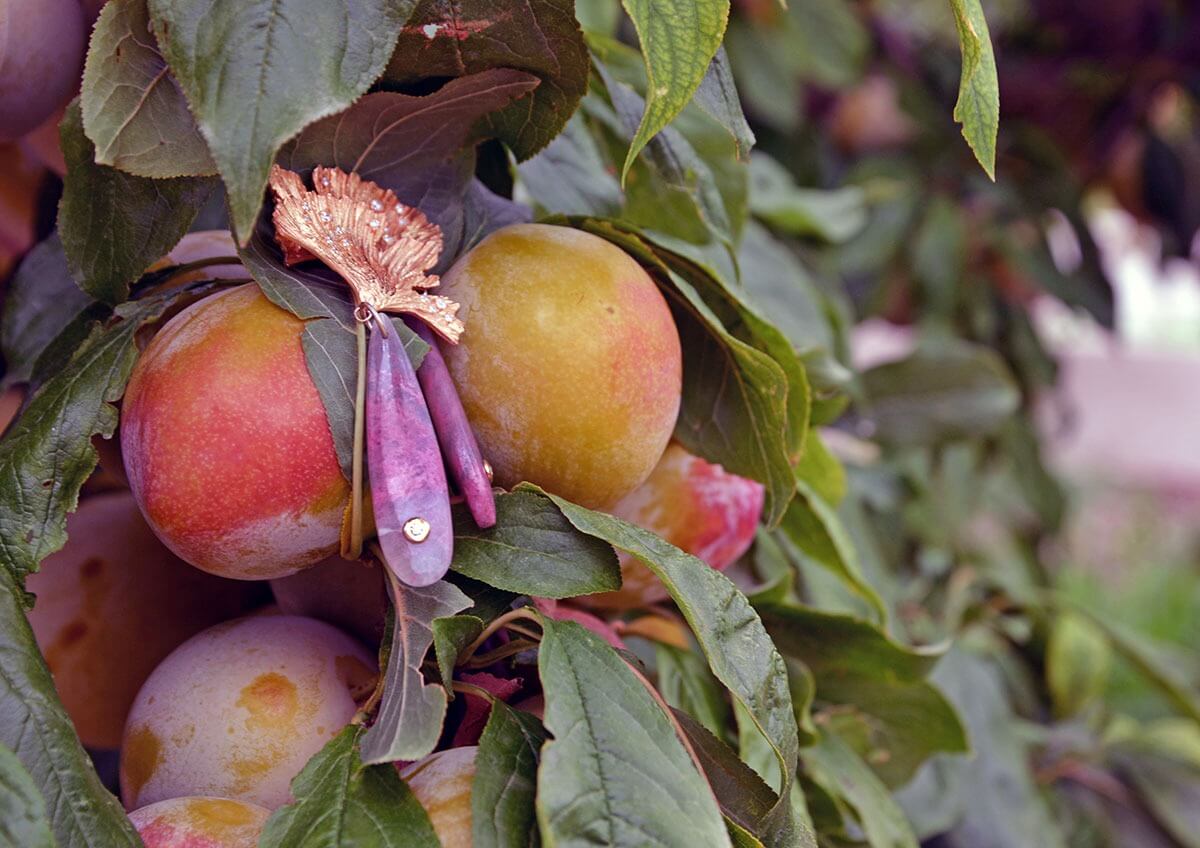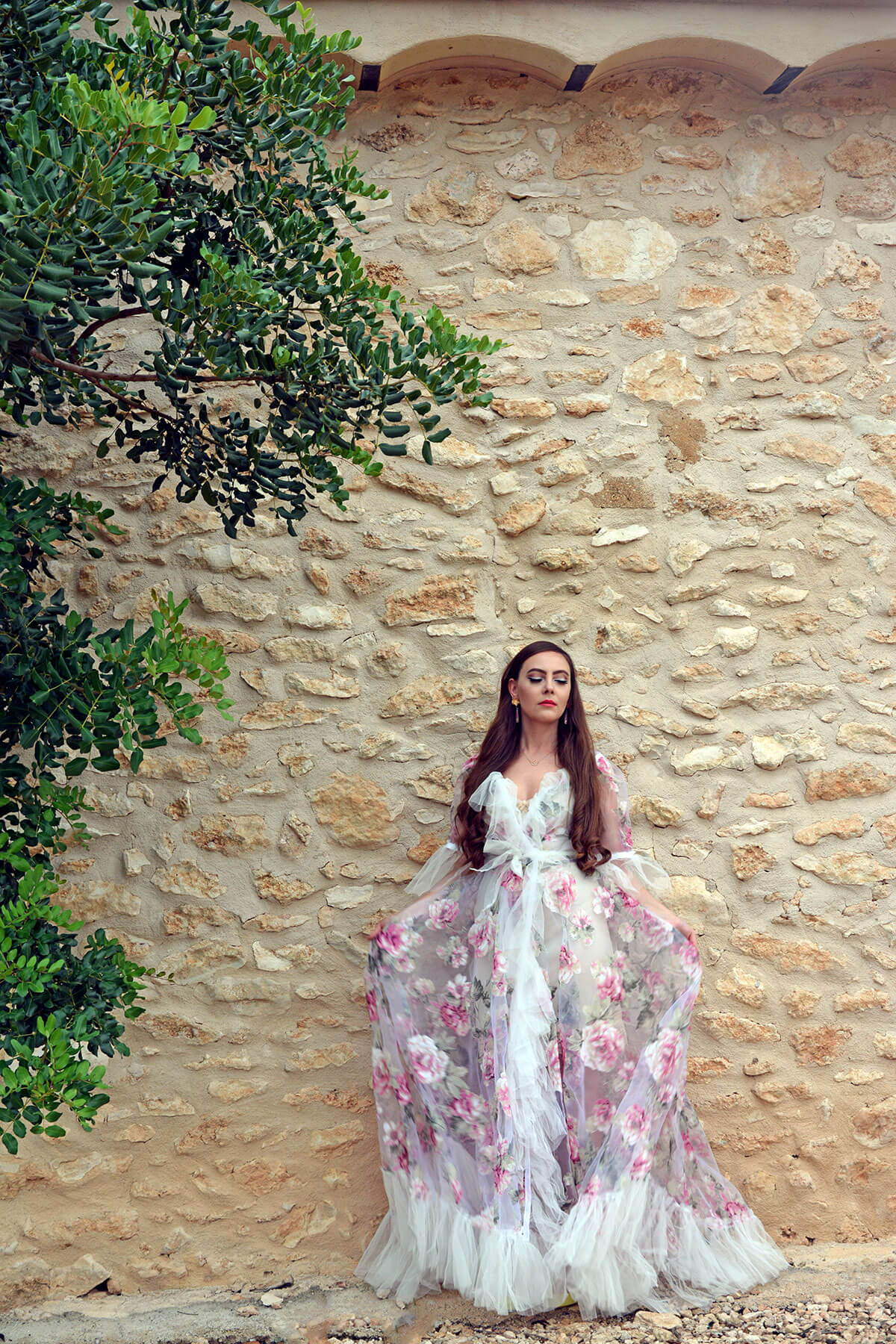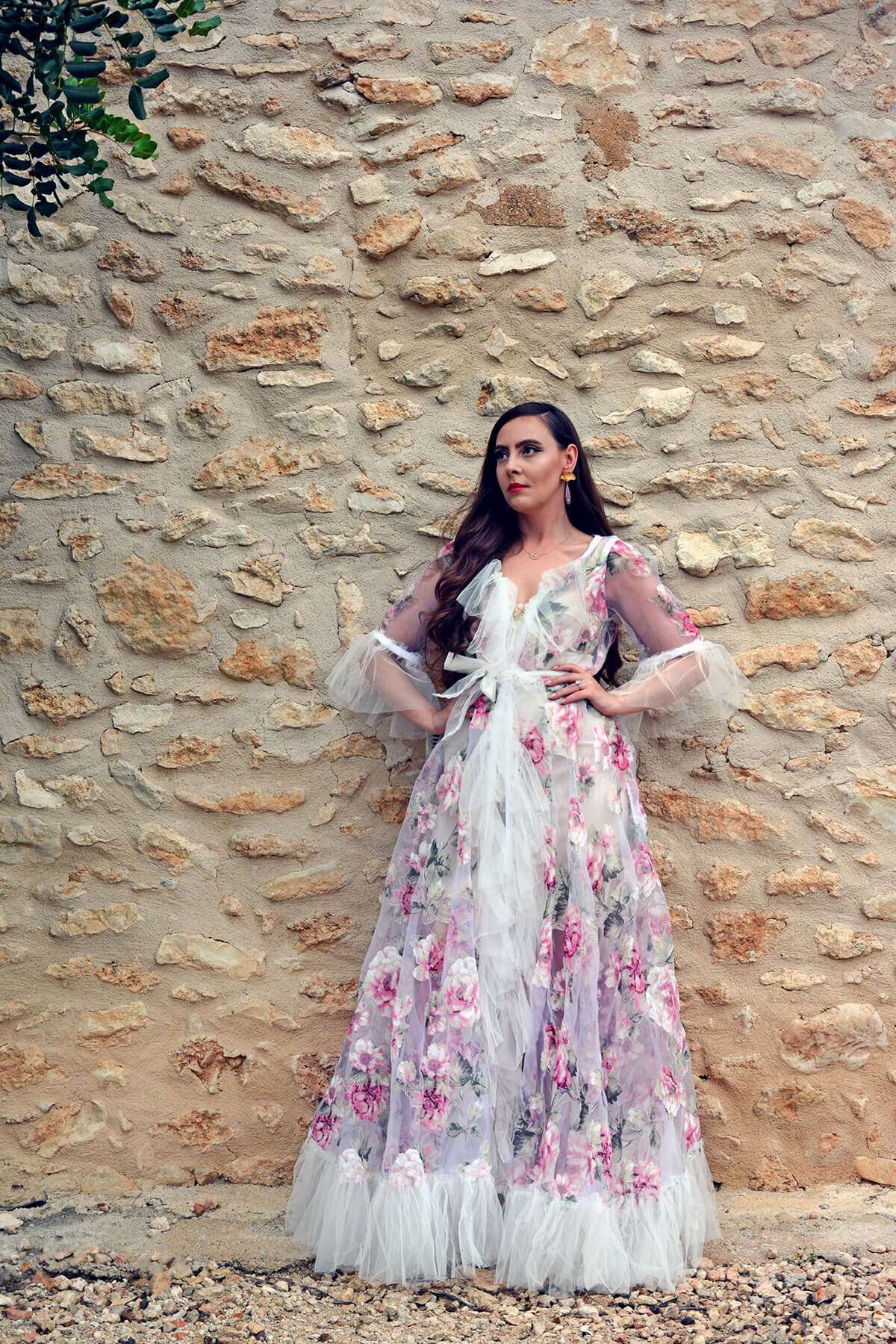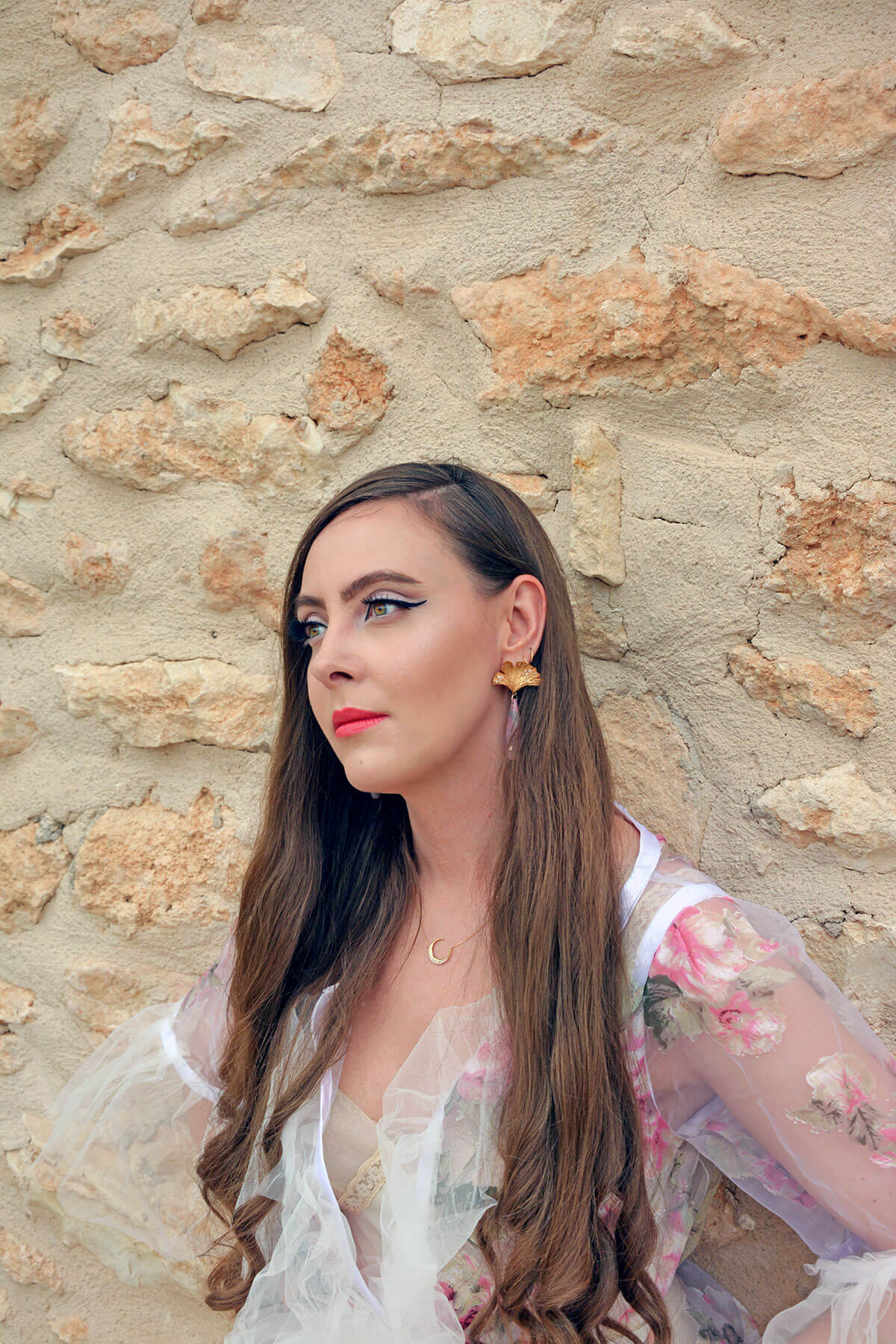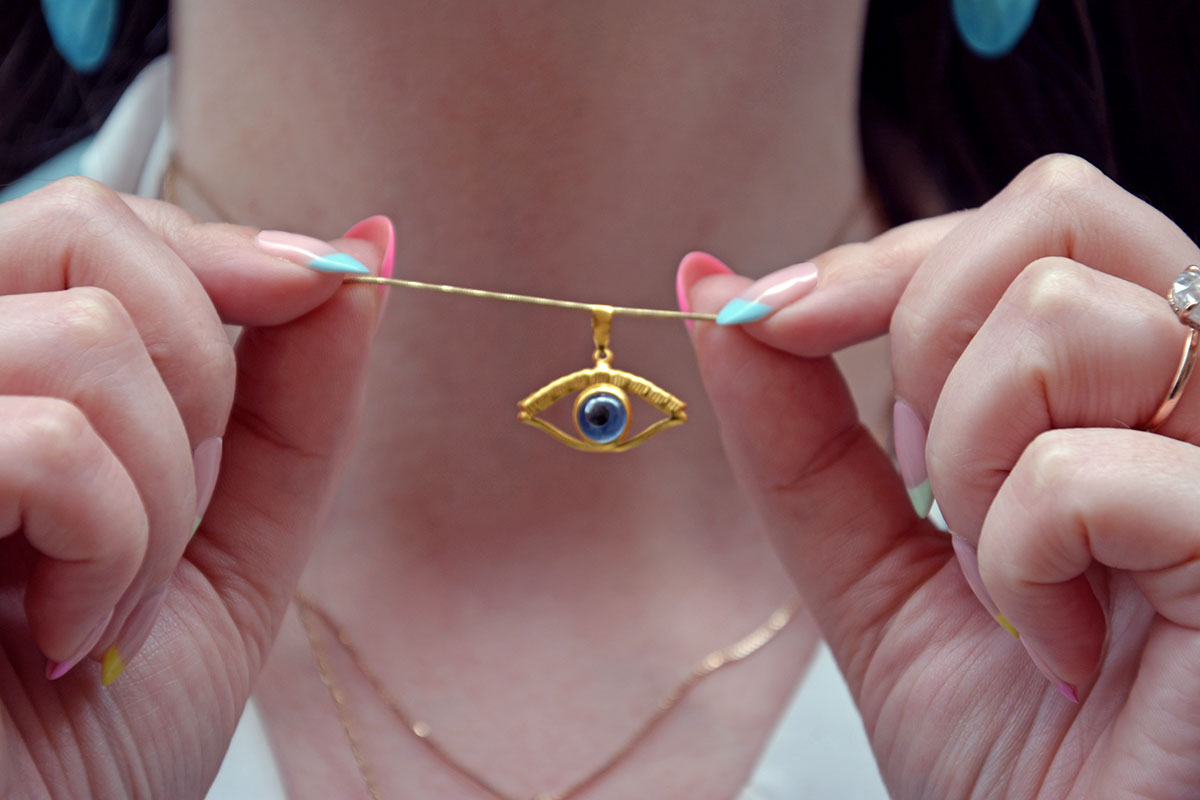The colour pink is a bit like marmite. You either love it, or hate it. Often associated with an outdated view that all girls should like pink, it’s a colour that has been washed down women’s throats for years, so naturally a growing aversion has been on its way for a while. Then there is the celebrity endorsement moment which is mainly around the bizarre obsession with fancy pink diamonds of enormous carat weight, automatically making many feel the hue is tacky to its core, including the ridiculous price tag fancy diamonds usually carry. Is there anything that can save pink gemstones from being seen as gaudy?
Millennial pink gemstones
All of this had culminated in a need for a facelift – a reinvention – of the colour pink, and thus the much loved millennial pink movement has arisen. Banking on sophisticated shades of pink, think mauve, rosewood, cerise or dusky rose, millennial pink has picked up momentum, even creating a micromoment where pink engagement rings with alternative gems to diamonds peaked. We’re looking at you, morganite – the low-key mascot for millennial pink along with rose quartz. However, there are other pink gemstones. Similarly to what we did in our discussion about black gems, let’s talk about stones that are primarily pink, rather than pink being a variation of a differing dominant colour the gems is known for. For this reason, we will not discuss pink sapphires, pink spinels, pink diamonds, pink tourmalines, pink opals, pink fluorites, star garnets or star rubies. Instead, let’s focus on the true flamingoes of the gem world.
Morganite
Morganites are basically emeralds who decided to takeover the colour pink in the beryl family and make it their own domain. To give a more learned explanation, morganites are members of the beryl family along with emeralds and aquamarines, and they are relatively new. These millennial pink gems were discovered in 1910 in Madagascar by the head of gemology at Tiffany & Co at the time, George Frederick Kunz. He also happened to be the gemology expert of choice of banking legend J. P. Morgan. That’s right – Morgan and morganite, do you see the connection? That’s because it’s named in the financier’s honour. According to The Knot Worldwide’s survey, morganites scored second place in the alternative gems of choice to diamonds in the engagement rings category. The first place went to sapphires.
Morganite on Mohs scale: 7.5 to 8. This means these are durable gems, just like other members of the beryl family.
Rose Quartz
Quartz comes in many colours and can also be colour-less, however rose quartz has become a thing. Recently popularised by the millennial pink hunger, it suddenly found its home in places that are beyond jewellery, think face massagers, healing crystals and home decor. Having said that, the oldest rose quartz jewellery pieces were found in Mesopotamia (today’s Iraq) and these dated to around 7000 BC – which means rose quartz has always been a thing. Believed to prevent ageing by the ancient Egyptians, and often used in healing potions in the middle ages, mysticism has always surrounded the quartz family.
The costs for rose quartz differ, but generally speaking, the more milky it looks, the more affordable the price point will be. Transparent rose quartz examples are the dearest ones.
Rose quartz on Mohs scale: 7. This means you will be able to wear it for centuries if the lore about its anti-ageing properties is true and you will live forever. If not, rose quartz jewellery paired with gold or silver could easily become your family’s signature heirloom.
Kunzite
Do you remember who discovered morganite? George Frederick Kunz, the esteemed gemological genius. In his honour, a pink variety of the mineral spodumene was named kunzite (the green variant is known as hiddenite and yellow – triphane). A lot of people confuse morganite and kunzite, and wonder what the difference is to the naked eye. In a nutshell, morganite is on that warm pale pink spectrum, while kunzite’s pink is colder, and just that one step closer to lilac. Some kunzites come in a deeper hue such as purple, however mostly these gems are known for their unusual pink shade thanks to trace amounts of manganese in their chemical composition. This stone is just slightly older than morganite, it was discovered in 1902. In terms of price, the pinker your kunzite, the more valued it is. Overall, it is a gem that is currently gaining popularity, so the investors are speculating whether its approachable value has its days numbered.
Kunzite on Mohs scale: 6.5 – 7. This means it is slightly more fragile than morganite and rose quartz but it is still highly durable.
Rhodonite
Have you ever heard of the Greek word rhodos? It stands for rosy or pink. This is where the core of the word rhodonite comes from. Just like kunzite above, rhodonite’s pink comes from manganese which in rhodonite’s case is interrupted by iron, magnesium, calcium, and sometimes zinc causing other colour streams in the gem – most often brown. If you are looking for that perfect fully pink gem, rhodonite is not for you as it is known for splashes of playful contrasting opaque colours inside it. Healing crystal enthusiasts love rhodonite for its powerful aura, quoting its strength when healing from shock, panic or trauma. Sounds like we all need a bit of rhodonite in our lives then.
Rhodonite on Mohs scale: 5.5 – 6.5. This means that this is a reasonably durable gem, but it is softer than rose quartz, kunzite or morganite, so extra caution can go a long way.
Rhodochrosite
Looking like malachite in a pink disguise, rhodochrosite’s rosy appearance is actually due to impurities or calcium paired with manganese in its chemical composition. If found in its purest form, rhodochrosite’s colour should actually be deep cherry red or at least raspberry pink – but this is so rare, that rhodochrosite is universally considered to represent the pink crew.
So why is it malachite in disguise? Some varieties of rhodochrosite streak white resulting in patterns that can look similar to the more well-known green gem, malachite.
Rhodochrosite may not be the most popular kid at school, but true collectors simply have to have it in their stashes because of rhodochrosite’s alluring rarity. In fact, before 1813 when it was first mentioned as a discovery in Romania as a by-product of silver mining, miners simply discarded mountains of valuable rhodochrosites thinking that it was garbage. It was only when gemologists spotted gem quality rhodochrosites, everyone realised that they had been throwing away deposits which were potentially more valuable than silver. In terms of costs, in rhodochrosite’s case, the middle man wins. This means that the medium pink variants tend to fetch the highest prices, even if these are not the rarest.
Rhodochrosite on Mohs scale: 3.5 – 4. This means that it is not the most suitable gemstone for everyday wear as it can be easier to fracture it compared to other pink gemstones like rhodonite, kunzite or morganite.
Pezzottaite
Pizza? Pesto? P-p-p-what? Pezzottaite. Often referred to as raspberry beryl, it’s another member of the beryl family, like morganite above. While morganite is calm, millennial and pastel, pezzottaite is loud, raspberry-like, almost magenta. Schiaparelli would have loved one of these saturated pink gemstones. Unlike the rest of the beryl variety, pezzottaite contains lithium, and it also crystallises differently to other beryls. It is also one of the newest gems around, gaining its recognition in just 2003. But here is the sad part: pezzottaite’s deposits were exhausted in Madagascar, where it was originally found. Plus, while it was around, you were not likely to get a stone bigger than 1-2 carats. Having said that, potential new deposits have been found in Afghanistan, so it may be the case that this is not the last we’ve heard of pezzottaite. But for now, this gem is considered to be ultra rare.
Pezzottaite on Mohs scale: 8. This means, if you ever find one, feel free to wear it daily.
Thulite
Thulite, or rosaline, comes to us from Sauland in Telemark, Norway. It was first discovered in 1820. Again, like other gems on the list, this is a manganese-bearer. Thulite is a variety of zoisite, another notable family member of which is tanzanite. The gem has a grainy pink texture, and if the gem is darker, it means it carries more manganese, therefore is worth more. Crystal healing enthusiasts believe that this stone carries positive energy and will help remove negative thoughts and emotions. Pair that with a good glass of wine, and enjoy an evening of thulite and chill.
Thulite on Mohs scale: 6.5. Just like rhodonite, this is a reasonably durable gem, but it is softer than other pink gemstones on this list. A cautious approach will ensure many years of wearing your thulite jewellery pieces.
Are you into pink gemstones? Do you believe in crystal healing?
The earrings I am wearing in the photos are with beautiful dangly rhodochrosites, and my ring is with diamonds and a 4 carat morganite.

